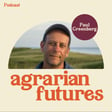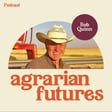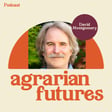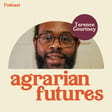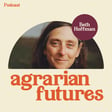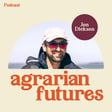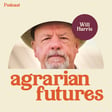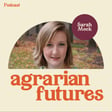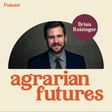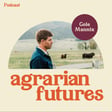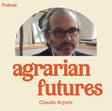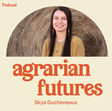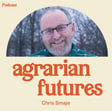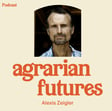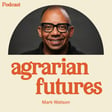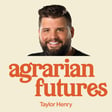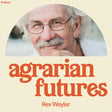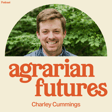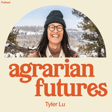
Restoring the Oak Savanna Through Farming with Peter Allen
In this conversation, Peter Allen of Mastadon Valley Farm challenges everything you think you know about climate change, eating beef, and the potential for food abundance grown regeneratively on the land. He brings a unique perspective as both a seasoned academic ecologist and someone with practical experience creating a profitable regenerative farming business.
In this episode, we cover:
- How Peter made the jump from academia into full time regenerative farming
- How management and stewardship of the land by indigenous people brought about the rich topsoil in the midwest - and how we’re quickly destroying that
- The environmental value of a savanna ecosystem, and how they’re going about restoring it
- The short term challenges - and long term advantages - of farming regeneratively
- Why eating regenerative beef is actually good for you and the environment
- How each of us can restore our land through our diet and purchasing choices
- The potential for layered commercial enterprises on the land for greater profitability and efficiency
- How the conversation around climate change disempowers people to make change, and why we should talk more about ecosystem restoration.
- And much more...
More about Peter:
Peter is an ecologist-turned-farmer and applies his background researching and teaching ecology and complex systems science towards the design, restoration, and management of diverse and agriculturally productive ecosystems. He owns and operates Mastodon Valley Farm, a 220-acre regenerative farm in Southwestern Wisconsin where he has built a timber-frame homestead from the farm's trees, planted thousands of fruit and nut trees, and grazes cattle, sheep, goats, pigs, and poultry across their fertile valleys, steep hillsides, and restored native prairie pastures. Peter and his wife Maureen grow their family's food on their homestead where they are homeschooling their children nestled in a grove of oak trees. Peter combines his background with over a decade researching and teaching ecology and complexity science together with over a decade of experience farming regeneratively to provide unique and effective consulting and educational opportunities, helping people design, build, and manage diverse, ecologically functional, and economically profitable agroecosystems.
Agrarian Futures is produced by Alexandre Miller, who also wrote our theme song.
